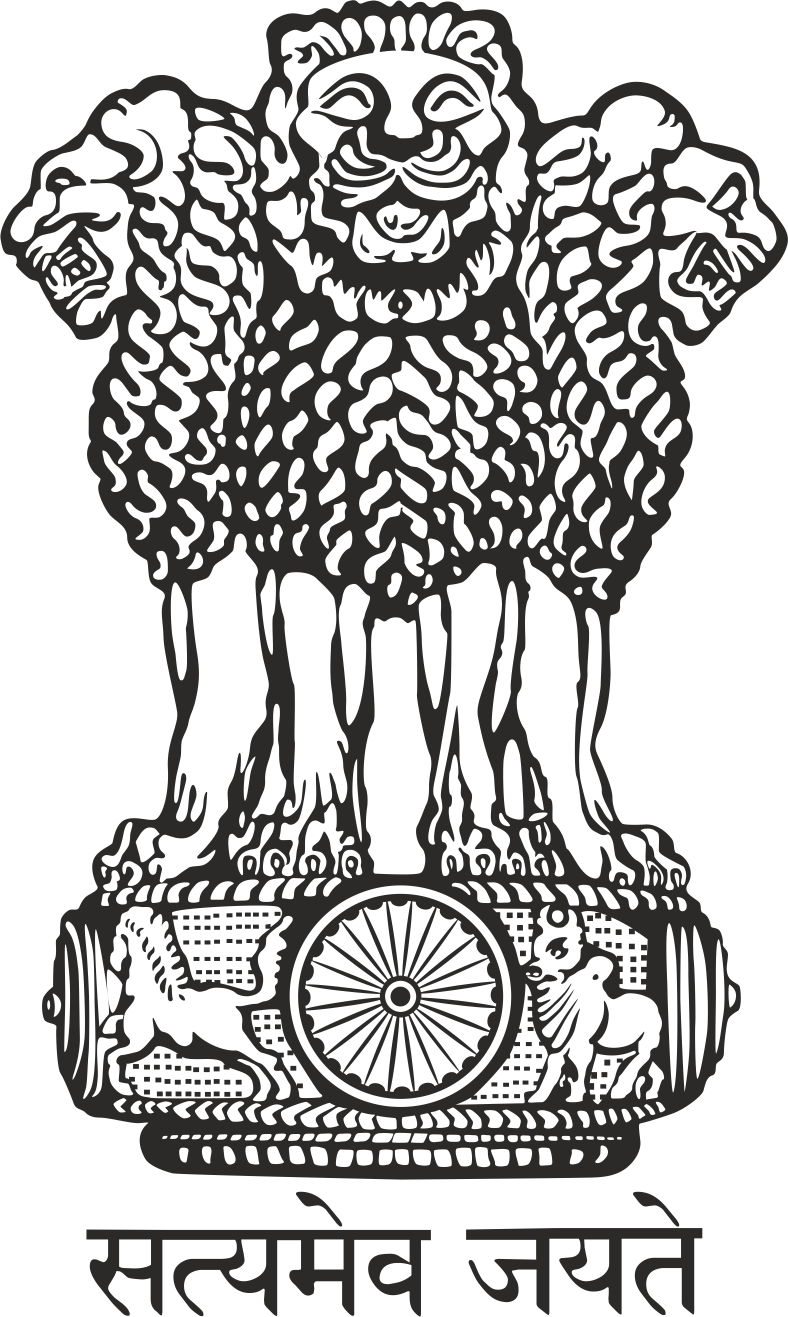Application for Admission as Advocate in Bombay High Court
After his arrival in India in 1923, he applied for a licence (Sanad) to practice law. After his enrolment at the bar, he set up his legal practice at the Social Service League in Bombay. Unlike other notable lawyers of that time, Dr. Ambedkar began his practice with few connections and even fewer resources. Despite this, his skills as a lawyer were reflected in several leading cases.
Dr. Ambedkar appeared as a Junior Counsel in 1927 in the defence of Phillip Spratt (one of the founders of the Communist Party of India), who was accused of sedition for his publication of the pamphlet titled ‘India and China’. The defence successfully argued that the pamphlet was a general commentary on imperialism and did not specifically attack the Government of India, thus the offence of sedition was not attracted.
In the Chavadar tank case, Dr. Ambedkar led a group of individuals from oppressed castes to drink water from a tank in Mahad. The plaintiffs (caste Hindus) alleged that the tank was their private property. Dr. Ambedkar, strategizing for the defence, successfully contended that the tank was public property and ought to be equally accessible to all sections of the society. The court held that the plaintiffs cannot rely on the long-standing exclusion of a certain group from using the tank to claim ownership, and that as the tank was managed by the Government, the community at large has a right to use it.
In 1934, Dr. Ambedkar successfully defended the All India Textile Workers Conference by demonstrating the loopholes present in the Trade Disputes Act, 1929. He also defended Prof. R.D. Karve for his work Samaj Swastya. Prof. Karve was accused of obscenity due to his publication on sexual hygiene.
Apart from these high profile cases, he also worked on other cases such as workmen compensation and pro bono cases for individuals from oppressed sections of society.
Through his practice, Dr. Ambedkar rose to become one of the leading lawyers of his day. He was offered an appointment as a District Judge, and the Nizam of Hyderabad also offered to make Dr. Ambedkar the Chief Justice of the State. However, he ultimately turned these offers down. In his 1951 speech, he explained how such roles would hinder his activities as a social and political reformer. He said, “When I returned home after completion of my education in America and Europe. I was offered the post of a District Judge. I was promised to be elevated to the High Court within three subsequent years. I declined the offer saying that I did not want those alluring ties. I feared that after getting into government service I would not be able to serve my people.”



